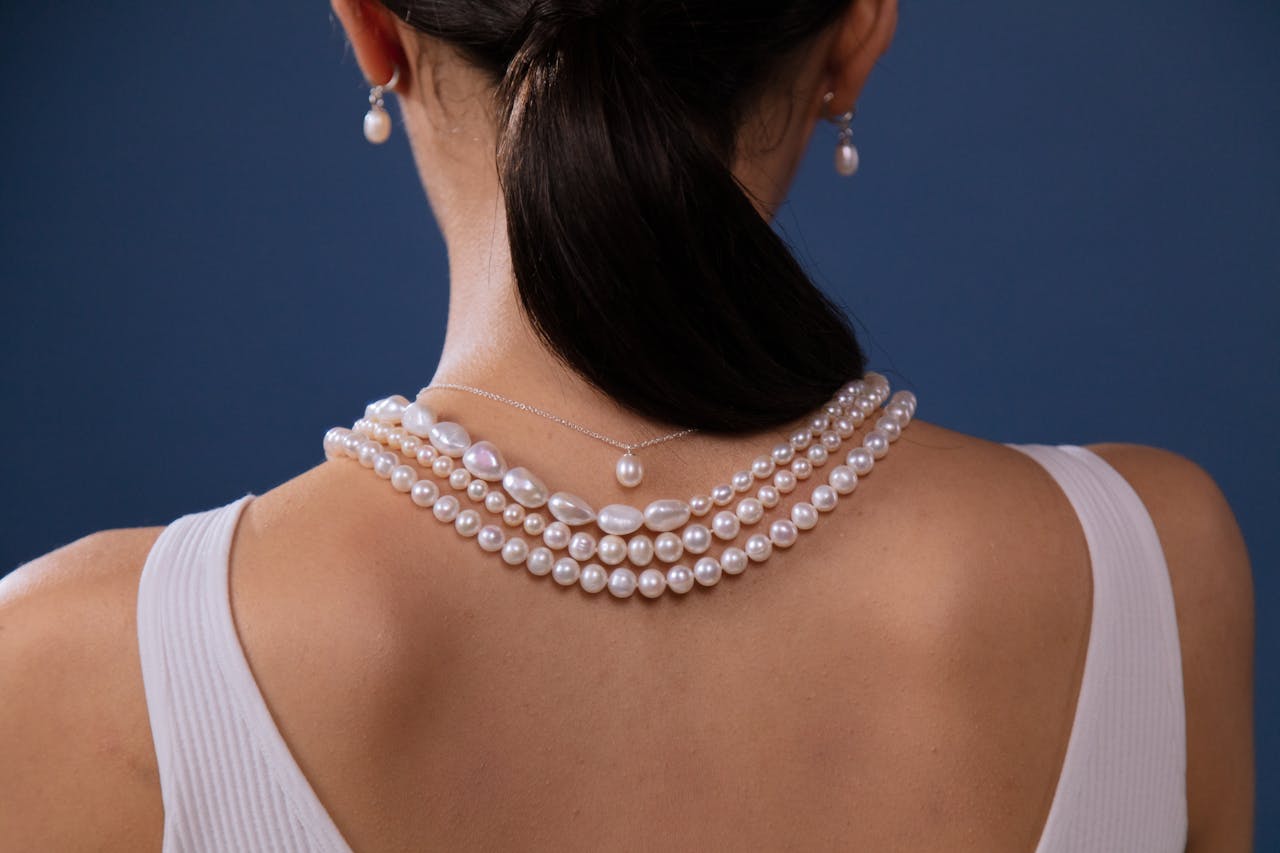
Where is the fashion industry heading?
The future of the fashion industry looks a little hazy, with once-beloved high street brands closing down and new e-commerce outlets springing up every single day. Mobile sales are the new major avenue for so many fashion retailers, and bricks-and-mortar stores are losing their edge. After all, if you can shop in your pyjamas on the sofa and not have to look for a parking space at a shopping centre, who wouldn’t?
For fashion, the digital world has been a revolution. Almost one third of all online purchases in the UK are for fashion items. But where does this leave our high street?
In this article, Trilogy Stores investigates why the digital market is a must for fashion brand, as well as what is left for high street stores.
Where the industry is at
Physical retail outlets are having a tough time. In the last twelve months, approximately 87% of UK consumers have bought at least one product online – with online sales increasing 21.3% in the year 2016, and forecast to increase by 30% by the end of 2017. Consumer buying patterns have shifted a great deal. Consumers are choosing to shop in their spare time, usually on an evening or during the night, making it difficult for retail high street stores to compete with their limited shopping hours.
With free returns, swift delivery, size guides, and highly competitive pricing, the online world has never looked more tempting to shoppers. The need to physically try before you buy is fading away. This is influencing the success of high street stores – driving some of them into the ground.
As an added bonus for retailers, setting up an online store is notably cheaper than investing in an offline outlet. So if online retailers are taking away sales from the high street, it’s no wonder that new companies are choosing to start online, and existing fashion giants are starting to make the transition to digital.
Our digital future
For the retail industry, the solution is clear: they need to go digital. That’s right, the future is digital for the retail industry. With many big brands already marking their territory online, smaller brands need to consider digital if they are to stay in the game. High street retail, made with bricks and mortar will be no more – the technology revolution is here and it’s time to make the transition.
There are so many fashion brands dominating the market that have proven that a physical high street store is not needed to achieve success. Many of which have found success solely on online platforms, using e-commerce websites and social media apps to drive business – with big high street names following in their footsteps and favouring digital platforms over high street stores.
Clearly, the future potential of the fashion industry lies on the digital platform, with brands such as J Brand making their mark through online stores. Customers appreciate the convenience of e-commerce and the beauty of being able to shop whilst sat at home, on their sofa, in their pyjamas – they aren’t limited to certain shopping hours, such as 9-5pm in a store.
How social media helps
Social media has also supported the digital revolution, providing a whole new view of fashion. Platforms such as Facebook and Instagram have become essential marketing tools for fashion retailers, evolving from catwalk shows and big shop window displays, retailers now capitalise via their social media profiles.
Retailers don’t just need their own social media account to do all the work either, with other social media users becoming the perfect way to get word of their brand out to a wider audience. The fashion industry is extremely competitive, and social media apps have provided a platform to help brands stand out from their competitors. Instagram in particular, has over 700 million active monthly users, with over 40 billion photos shared. With this in mind, the app has become a platform whereby celebrities, public figures and social influencers are used to endorse a brand’s product, guaranteeing a certain level of exposure and success depending on how many followers they have.
Take a look at model Kendall Jenner, for instance. She has a massive 100.1 million followers on Instagram. When she is asked to endorse a product, or be the face of a brand campaign, she is securing exposure to all those 100.1 million followers – guaranteeing more exposure than most other forms of marketing. This then encourages users to redirect to the brands profile, or their website. If one picture can reach millions of people, then isn’t that more successful than a shop window display?
The face of PAIGE jeans, Rosie Huntington-Whiteley, has over 8.7 million followers. This means the fashion brand is guaranteed exposure to those 8.7million followers with every picture that Rosie posts on her Instagram account, as well as her tagging the brand in each photo. Fashion brands know that the success of a campaign can be influenced by the level of followers the endorser has. Using a celebrity endorsement encourages a certain level of user engagement.
The new needs of customers
Studies show that the fashion world needs to go digital in order to keep their customers. When it comes to customer service, interactions across social media app, Twitter, has increased by 250% in the last two years. Customers are looking for a service which reduces their effort is quick and convenient. Is social media the answer?
A recent survey showed that 32% of people found phone and voice communication the most frustrating form of customer service. Customers want a quick response rate, without the need to wait in line, or on hold. Social media provides a platform for customer communication, and with the opportunity to offer quicker responses, this could equal higher willingness for customer spend.
A good first step for companies not ready to fully embrace digital is to at least have a social media presence. For high street brands to remain, however, maybe it’s time to take the plunge and secure your presence in the digital world.




















